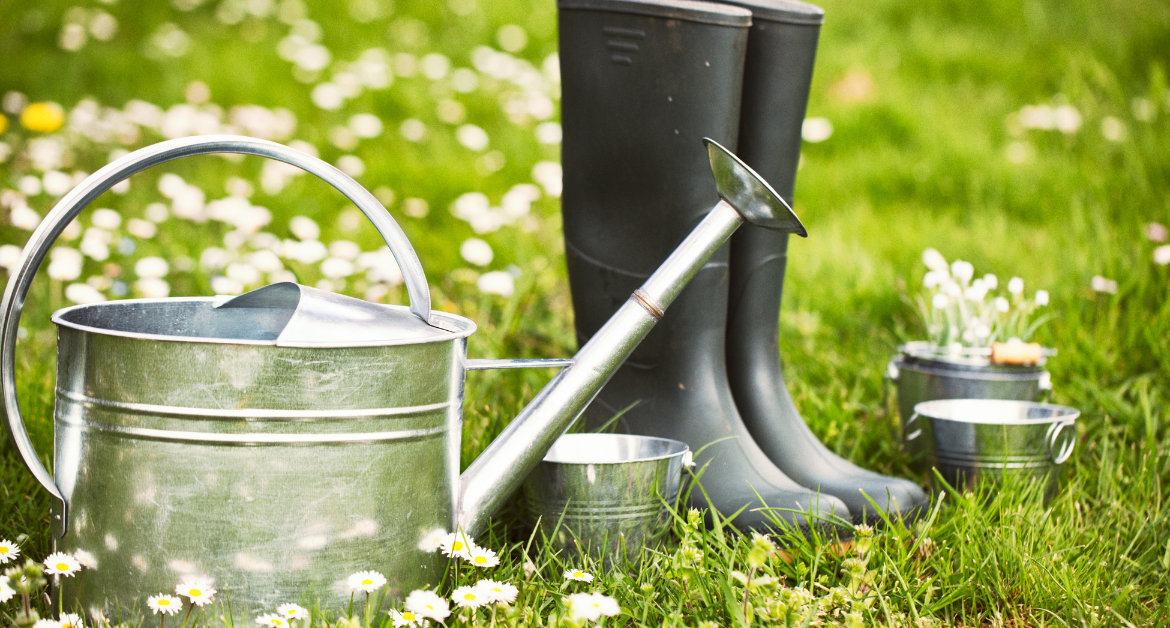As winter’s frost begins to loosen its grip, the arrival of spring brings new life to Michigan’s landscapes. Gardeners across the state eagerly anticipate the opportunity to cultivate vibrant and thriving gardens. In this blog, we’ll explore the beauty of spring gardening in Michigan, offering tips, plant suggestions, and guidance to make the most of the blooming season.
Understanding Michigan’s Spring Climate:
- Michigan’s spring weather can be quite dynamic, with fluctuating temperatures and occasional surprises. It’s crucial to be aware of the average last frost date in your region before diving into gardening activities. This knowledge will help you plan and avoid potential setbacks due to unexpected cold snaps.
Prepping the Soil:
- Start your spring gardening journey by preparing the soil. Michigan’s soil can vary, so testing it for pH and nutrient levels is a wise step. Incorporate organic matter, such as compost, to improve soil structure and fertility. Loosening the soil will promote better drainage and root development.
Choosing the Right Plants:
- Selecting plants that thrive in Michigan’s climate is key to a successful spring garden. Consider incorporating native plants like trilliums, bloodroot, and wild geraniums, which are well-adapted to the local conditions. Additionally, spring-blooming bulbs like tulips, daffodils, and crocuses add a burst of color to your garden.
Timing is Everything:
- Michigan’s spring weather can be unpredictable, so timing is crucial for planting. Hardy perennials and cool-season vegetables like lettuce and peas can be planted early in the season. Hold off on heat-loving plants like tomatoes until the risk of frost has passed. Utilize local gardening resources or extension services for personalized planting schedules.
Embrace Companion Planting:
- Enhance your garden’s health and productivity by practicing companion planting. Pairing compatible plants can deter pests, improve soil fertility, and enhance overall growth. For example, planting basil near tomatoes can help repel certain insects while enhancing the flavor of the tomatoes.
Mulching and Watering:
- Mulching is essential in Michigan’s spring gardens. A layer of mulch helps retain soil moisture, suppress weeds, and regulate soil temperature. Ensure adequate watering, especially during dry periods. Watering in the morning is generally recommended to allow plants to absorb moisture before the heat of the day.
Pest Management:
- Keep an eye out for common pests in Michigan, such as deer, rabbits, and certain insects. Implementing natural deterrents and practicing integrated pest management can help protect your garden without harming the environment.
Community Involvement:
- Consider joining local gardening clubs or community gardens. Connecting with fellow gardeners provides a valuable opportunity to share knowledge, exchange tips, and foster a sense of community around a shared passion for gardening.
Spring gardening in Michigan is a celebration of nature’s renewal and a chance to create a vibrant, colorful haven. By understanding the unique aspects of Michigan’s climate, selecting the right plants, and following best practices, you can cultivate a thriving garden that reflects the beauty of the Great Lakes State. So, roll up your sleeves, grab your gardening tools, and let the blooming season begin!




